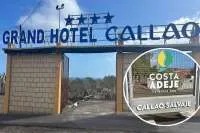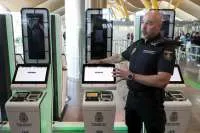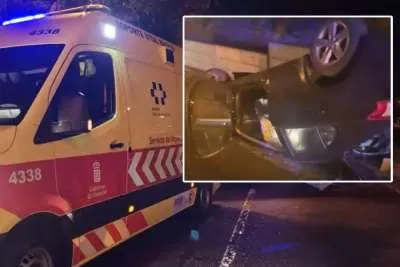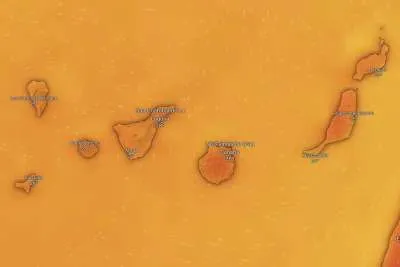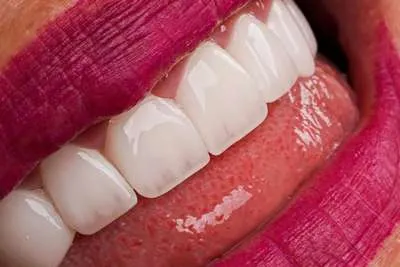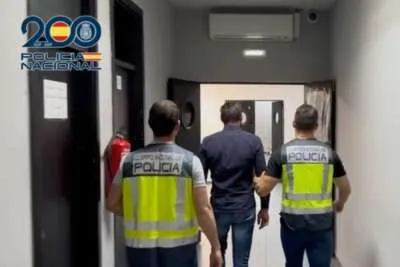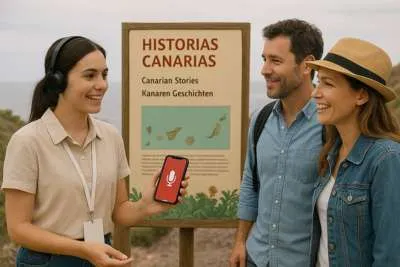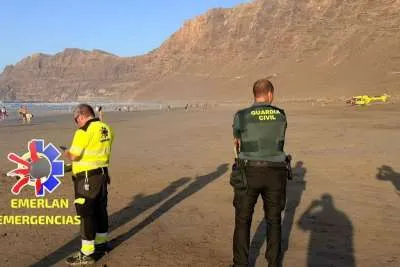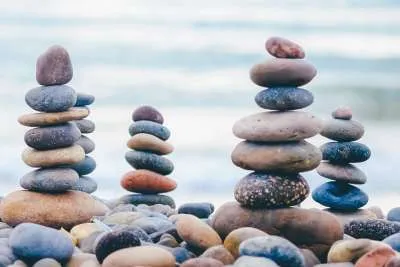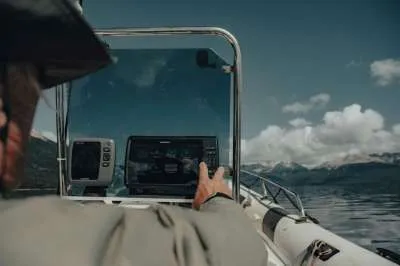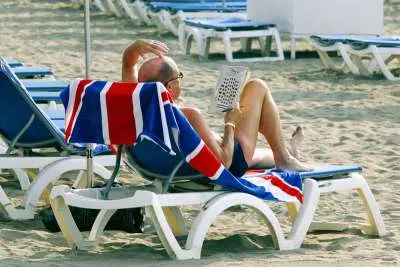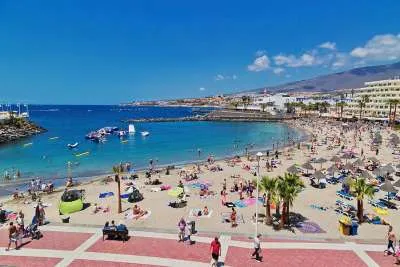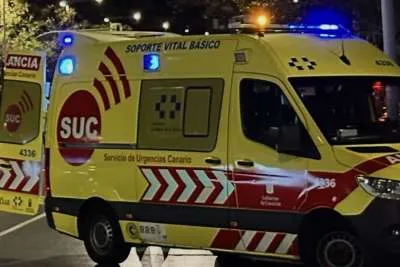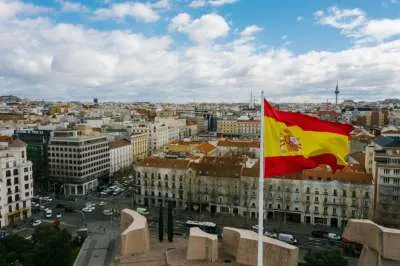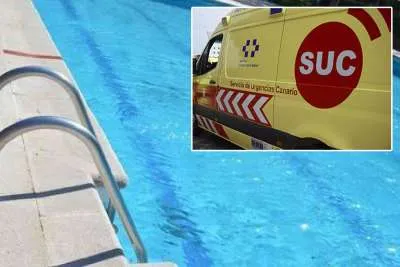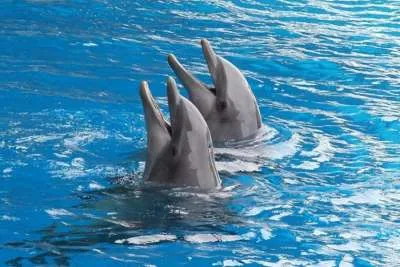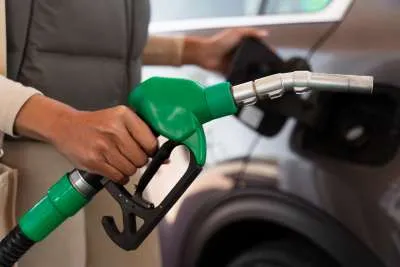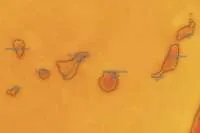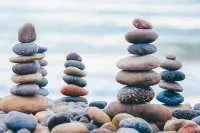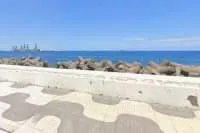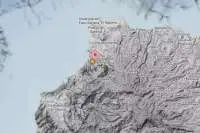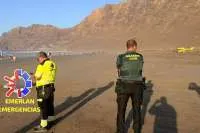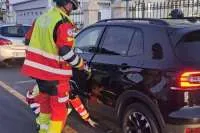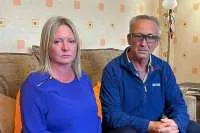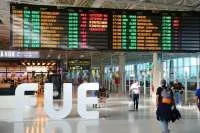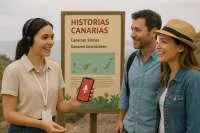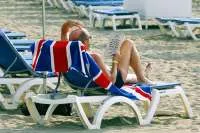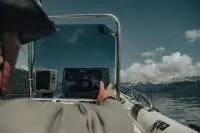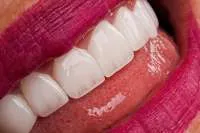The volcano has entered a 'zone of stability': slower flows and only four vents active
- 22-09-2021
- Tenerife
- Canarian Weekly
The technical director of Pevolca, Miguel Ángel Morcuende, stated this afternoon in a press conference, that the Cumbre Vieja volcano has entered a zone of "mini-stability" and although it is quite explosive, the lava flows have slowed down and are advancing very slowly, which is why there are still no firm predictions as to whether it will finally reach the sea.
In a press conference held after the meeting of the plan's steering committee who are carrying out the emergency protocols, he confirmed that the volcano has nine emission points, but only four of them are active, and a single fissure, despite the fact that at first there were two.
He explained that the volcano continues to "release lava" and the flows are progressing "slowly" due to the increase in viscosity and the "filling in" of making natural holes and ravines as it passes. In fact, the lava has now slowed down to 4 metres per hour and has only advanced 50 metres since first light this morning.
The videos seen on social media of buildings being destroyed are due to the physical height and weight of the flows, rather than the speed they are moving at.
“The mathematical prediction we have is that it will continue to advance, but we do not know if it will reach the sea at all, as it could come to a standstill very soon. We will have time to be vigilant if this event does happen because progress is very slow,” he said, although he specified that it is not ruled out that the explosive episodes of recent days may resume.
Morcuende commented that despite this explosiveness, the deformation of the island "has not grown", and still stands at 28 centimetres, 24 of which occurred in the six days previously. He also added that the sulphur dioxide measurements "do not pose a health hazard" and the gas plume is now at around 1,000 metres at its highest point.
He stressed that the volcano is being monitored at all times by scientists and with the support of the various institutions, and asked for the collaboration of citizens so that they do not approach the exclusion zones because they are extremely dangerous.
"The best way to see the volcano is on television so that citizens are not another danger and do not approach or block the roads," he said, underlining that exposure to the gases can cause personal damage to the eyes and lungs.
Other articles that may interest you...
Trending
Most Read Articles
Featured Videos
A Vision of Elvis Tenerife Promo
- 10-05-2025
Tenerife Travel Guide
- 13-12-2024
Live webcam from Lanzarote airport
- 13-12-2024






